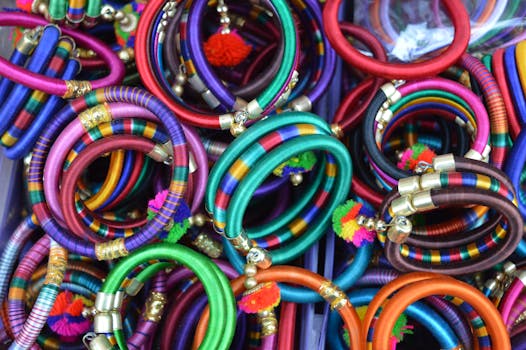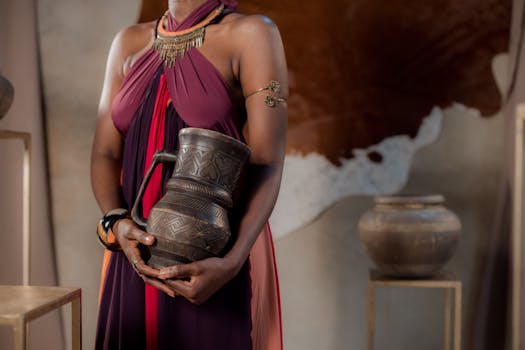Exploring Cultural Significance in Traditional Jewelry Designs
Takeaways: Traditional jewelry is more than just adornment; it reflects cultural heritage, social identity, and artistic expression. Understanding its significance offers insights into the values and traditions of different societies.
Jewelry has transcended mere aesthetics throughout human history, evolving into a powerful medium of cultural expression. The designs, materials, and styles of traditional jewelry vary widely across different cultures, each carrying profound meanings and stories that connect generations. In this article, we will explore the cultural significance embedded in traditional jewelry designs, the stories they tell, and their role in preserving heritage.
The Rich Tapestry of Cultural Heritage

Similarly, Indian jewelry, known for its vibrant colors and elaborate designs, plays a significant role in cultural and religious ceremonies. Pieces such as the ‘mangalsutra’ symbolize marital status, while ‘bangles’ are worn during weddings as a sign of prosperity and good fortune. Each piece is crafted with intention, ensuring that the wearer is connected to their cultural roots.
Social Identity and Status

In some cultures, jewelry serves as a form of currency or a means of wealth display. The intricate gold jewelry worn by brides in many Middle Eastern cultures signifies not only beauty but also the family’s wealth and social standing. These adornments often become heirlooms, passed down through generations, reinforcing family bonds and cultural continuity.
Artistry and Craftsmanship

Furthermore, traditional jewelry is often made from locally sourced materials, connecting the designs to the land and its resources. In the Pacific Islands, for instance, jewelry is frequently made from shells, coral, and other natural elements, embodying the beauty of the surrounding environment. This connection to nature not only enhances the aesthetic appeal of the jewelry but also reinforces the cultural identity tied to the land.
Preserving Cultural Legacy

Moreover, initiatives promoting ethical fashion and sustainable practices are further highlighting the importance of traditional craftsmanship. By supporting local artisans and preserving traditional techniques, consumers can help sustain cultural heritage and provide economic opportunities for communities that rely on these crafts.
Conclusion



